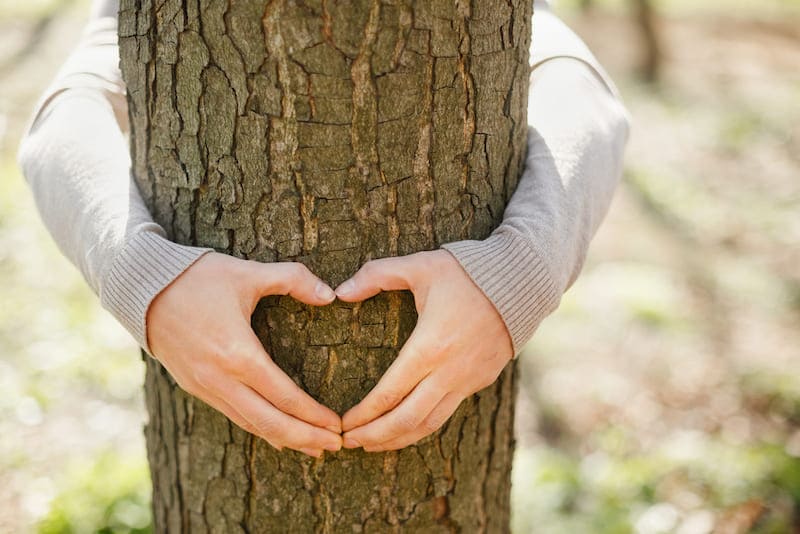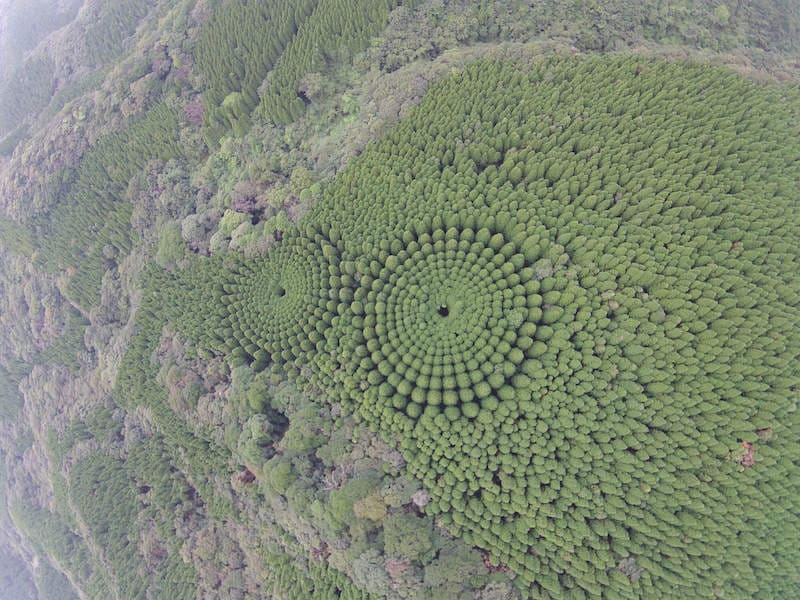Seeds of Change: How Growing To Give Plants Trees to Combat Climate Change
WE LOVE TREES! Trees and our forests have many benefits; they are vital for our environment and the health of the planet, absorb carbon dioxide and release oxygen, and play a crucial role in combating climate change. They foster biodiversity by providing habitats for countless species of creatures and contribute significantly to our mental and physical well-being, offering serene spaces that reduce stress. Trees improve the quality of the communities we live in, increase property values, and help conserve energy. They also protect soil and important water resources, preventing erosion and managing water runoff. Beyond these practical benefits, trees hold profound cultural and spiritual significance, symbolizing growth, resilience, and life across various cultures, making them invaluable to our planet and our lives.
At Growing To Give we plant trees and forests on a global scale to slow global warming and combat climate change. Trees and forests around the world are threatened by changes in rainfall patterns, hotter summers, colder winters and insect infestations. The industrialized clearance of trees from forested lands combined with loss of forest from natural disasters such as fire and flood make climate change an essential priority for the planet.
Simply planting a tree here and there will not make a difference. Either will planting the tiny tree seedlings that are commonly used for reforestation - more than half of these small seedlings die the first winter after transplant.
We need a new approach. An approach that increases transplant survivability, improves their mycorrhizal network so they take to the soil soon after transplant and grows a canopied forest as quickly as possible to halt global warming in its tracks.
Crop Circle Trees: The Circle of Life
We grow tall tree seedlings; typically, between 10 and 15 feet before transplant. Our tall tree seedlings increase survivability due to an established root system created by our patented pyramidal tree pots. Their pyramid form mimics the natural growth habit of tree root, which is cone shaped. Our conal tree pots eliminate periodic and expensive “pot-to larger-pot” transplants typically required by the tree nursery industry, which can disturb and weaken the root of the tree.
Tall tree seedlings quickly establish a "fast growing" forest with a deep mycorrhizal network, which encourages the development of a thriving ecosystem just a few years after transplant. The forest canopy develops quickly high above the reach of foraging animals and provides cover for flora and fauna as it develops.
Reforestation and Carbon Capture: The Importance of Planting Tall Tree Seedlings
A forest of tall tree seedlings captures 100 times the carbon of a reforestation site planted with small 6-inch plug seedlings in the first year.
We use a patented reforestation systems that involves planting trees in geometric configurations that accelerate tree growth and rapidly develop subterranean mycorrhizal networks. Predominately, we use spiral patterns to plant trees and grow forests. We call them Crop Circles ®.
Once the site has been prepared and analyzed, a fixed wing drone maps out the site with the spiral patterns. The maps are downloaded to a helicopter drone that marks out the exact spot to plant a tree along each loop of each spiral. In this way, Crop Circle tree spirals are geometrically perfect, and ensures that trees are spaced the proper distance between each tree.
Crop Circle Forests: Tree Planting Reimagined
Crop Circles trees and forests can be mono-cropped or mixed. Mono-cropping trees is the preferred method for planting a predominantly coniferous forest. A healthier more natural forest is created by intermingling deciduous trees together in a spiral. Planting varieties of compatible tree species together will balance and diversify the plantation.
In a mono-cropped plantation, coniferous trees are spaced 7 feet apart and thinned several years later leaving every second tree to mature. Coniferous trees and forests (softwoods) can adapt to a wide variety of soils, climate and elevations and they grow faster than hardwoods. For these reasons, more than 80% of replanted forests are coniferous.
Hardwoods (deciduous trees) are rarely found growing in single species stands in nature. Instead, many different species are found grouped together in the forest because they benefit one another; some offer protection from disease and insects while others provide filtered sunlight for trees that prefer to grow under the canopy of a hardwood grove.
Hardwood Crop Circles are created by first tilling the soil and then laying out the spiraled patterns using the drone. A tractor mounted auger drills out the holes after the drone marks out the spot on the ground with a laser light. Tall hardwood tree seedlings are transplanted, and the hole is backfilled. A circle shaped ground cover is placed around the tree and pinned to the ground to prevent removal of the cover from windblow. The ground cover retains moisture and eliminates competition from weeds, which will give the seeding an opportunity to “take to the surrounding soil” and grow quickly. The circle shaped ground cover also aids in development of a beneficial subterranean mycorrhizal network.
Rewilding: An Essential Conservation Initiative From Growing To Give
Rewilding is an essential conservation strategy that aims to restore natural processes and wilderness areas, promoting biodiversity and ecosystem health. One powerful symbol of rewilding is the "Seeds of Change" initiative, which encourages individuals and communities to plant diverse tree species, fostering a healthier environment. By planting an avocado tree seedling, palm trees, bonsai trees, willow trees, and Christmas trees, we can contribute to the creation of greener urban spaces, support wildlife habitats, and combat climate change. Each tree species plays a unique role in its ecosystem, from providing food and shelter to stabilizing soil and improving air quality.
Saving endangered tree species is a critical aspect of rewilding efforts. The "Tree of Life" symbolizes the interconnectedness of all living things and the importance of preserving diverse plant species. By growing Japanese maple, lucky bamboo, or a bonsai tree, we can protect and celebrate the beauty and diversity of the natural world. These trees not only enhance the aesthetic value of our surroundings but also contribute to the overall health of our ecosystems. Japanese maples, with their stunning foliage, and lucky bamboo, known for its resilience, are excellent choices for promoting biodiversity and sustaining threatened species.
Saving endangered tree species is a critical aspect of rewilding efforts. The "Tree of Life" symbolizes the interconnectedness of all living things and the importance of preserving diverse plant species. By growing Japanese maple, lucky bamboo, or a bonsai tree, we can protect and celebrate the beauty and diversity of the natural world. These trees not only enhance the aesthetic value of our surroundings but also contribute to the overall health of our ecosystems. Japanese maples, with their stunning foliage, and lucky bamboo, known for its resilience, are excellent choices for promoting biodiversity and sustaining threatened species.




.png)
.png)
.png)

.png)